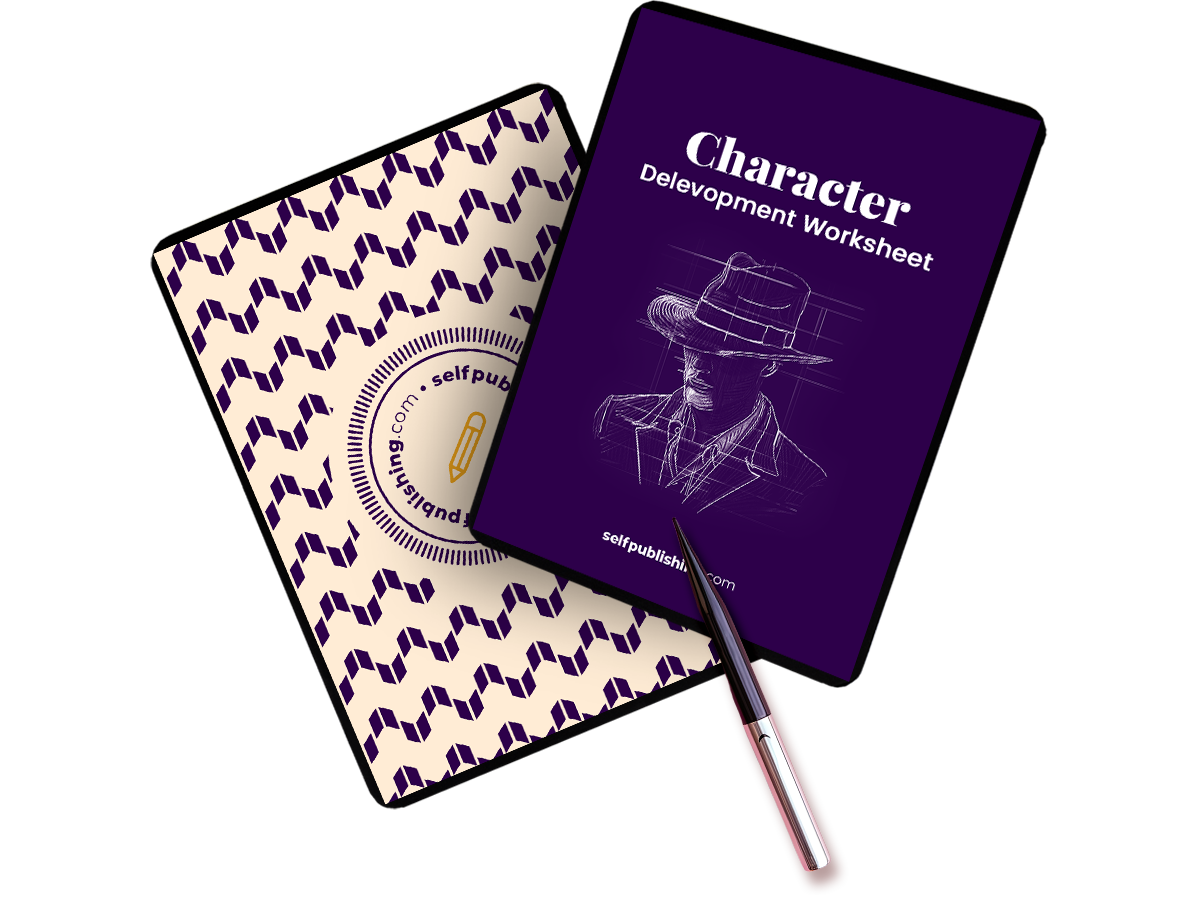When enough people write stories, common themes emerge. As a writer, author, or author-to-be, you’ll want to pick up on which commonalities you want to use or ignore. Stock characters are no different.
What readers want most is a main character they can spend hours with. After all, it takes an average of 5 hours to read a 400-page book.
How many people can you spend that much time around?
Probably only those you truly like.
This is why authors take a lot of time in the character development phase of writing. But not every character type has to be one you’ve spent hours crafting. That’s where the recognizable stock characters come into play.
What are stock characters?
Stock characters are recognizable archetypes or stereotypes in fiction that stories use to fulfill a role without much need for explanation or development. They are very easy to identify and are usually one-dimensional.
A few common examples would be the evil stepparent, the nerdy wimp, and the dumb hot jock.
As an author, you don’t need to create a unique character bio for a stock character. They can be found across many different genres and tend to fulfill a similar role in the narrative, very rarely deviating from the widely accepted norm. When you see them once, you tend to recognize them again and again. It’s why some stories feel so much alike, even if they’re completely different.
Keep in mind that, even though using stock characters can help readers quickly understand a character and their motivations, overusing them will result in flat characters that aren’t interesting.
Your book should ideally contain a mix of stock characters and original characters.
Examples of stock characters readers will recognize
Stock characters make great stand-ins if you’re looking for a particular tone for your story. There’s a reason Lord of the Rings and Harry Potter feel quite similar even though they were written by very different authors, at different times, about different things.
It has a little something to do with the character archetypes used.
Wizard with a long beard? Hardly capable but goofy best friend/s? Genuinely good, unfortunate hero? Band of mismatched do-gooders?
You can spot them in both examples.
But…a word of caution:
Some previously accepted stock characters are nothing more than stereotypes that, when used in fiction, will cause harm to a specific group of people. For that reason, we have marked harmful stereotype examples below with a * so you can be aware of how you’re using them in your writing and find alternatives that may be more fitting for your story.
That being said, here’s a list of stock character examples:
- The grumpy old man
- The dumb blonde *
- The abusive partner
- The dumb hot jock *
- The hothead
- The wimpy nerd *
- The bad boy
- The popular mean girl
- The bully
- The damsel in distress *
- The rebellious do-gooder
- The wise old man
- The woopy (a character who is regularly “beat up on,” or that bad things happen to)
- The mad scientist
- The mentor
- The orphaned, chosen one
- The overprotective dad
- The traumatized veteran
- The Dark Lord
- The tough girl who doesn’t need anyone’s help
This list could go on – there are 100’s of stock characters you could choose from.
As a challenge, next time you watch a movie or read a book, try to note which side characters could represent one of these archetypes the writers are using.
Should you use stock characters in your writing?
As always, what you use in your writing is completely up to you. If you want to avoid stock characters in order to practice writing 100% unique personalities into the cast of your book, go ahead!
But if you’re looking for a way to generate ideas about the types of characters you can include in your writing, using some of the examples above is a great way to start.
Many authors will use stock characters as supporting roles to the unique characters they’ve developed. They can make great foil characters to highlight the depth or complexity of another character. Or, they can be used as a starting point for a character that still needs to be fleshed out.
5 Things to consider before using stock characters
Deciding whether or not to use stock characters in your writing, how often, and when is a completely personal decision that you, the author, must make. But before you write one into your story, you’ll want to keep a few things in mind.
1. It’s hard to use a stock character as your protagonist
The main character needs to grab the reader’s attention. They need to be unique enough to pique interest and get someone invested in their story. And they shouldn’t be predictable. Conversely, they are often a dynamic character and/or a round character that evolves over the course of your book or series.
There are only a few stock character archetypes that might work as a main character – and that’s because they’re still broad enough that you can develop their character enough to set them apart from others.
Related: Protagonist vs Antagonist: The Difference, Defined
2. You still have to develop them so they feel real
Using an easily-recognizable stock character doesn’t mean you don’t have to spend time on character development.
You’ll probably want to make sure their personality is more than their stereotype. Create something – like a small quirk or habit – that will make them feel more multidimensional while still adhering to the expectations readers will have for them based on their stereotype.
3. Unless you’re writing a parody, give their storyline a unique twist
Parodies will make stereotypes even more dramatic. Therefore, you may want to really lean into a particular stock character’s stereotype.
But if you’re not writing within that genre, then your characters should have a unique twist. Have them do something unexpected or consider meshing two stock characters together for something fresh and interesting.
4. If you use too many, your writing might feel cliché
We’ve cautioned against this already, but the overuse of stock character types will make your writing feel derivative and cliché. It will drive readers away – which is the opposite of what you want!
The best thing to do is create well-developed characters, backstories, and storylines for most of the characters in your book, inserting stock characters sparingly when you need a supporting character. It does take time. But it is one way to make your writing feel unique.
5. If your audience is younger, it’s easier to use more stock characters
It can be hard for young children to grasp and connect with the unique development of a fictional character but they can imagine a character in their minds when they’ve seen a similar one like them before.
Children’s books have many instances of stock characters and they usually improve the comprehension of the story being told. This is one time you can likely get away with using quite a few of them in your book.
If you are at the stage of learning how to outline a book and develop your characters, it’s important to know that stock characters won’t make or break your writing (unless you overuse them). In fact, they’re a great way to create a framework you can use to further develop your book’s cast.

























